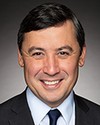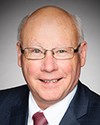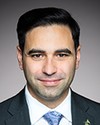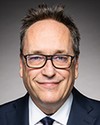My understanding is that in August 2018, subsequent to a briefing that was given for general awareness by the Canadian Security Intelligence Service, the potential concerns regarding the vulnerability of lab employees to potential influence were flagged to the service, and fact-finding began. In September, potential issues began to be identified, and the chief security officer was involved in those discussions.
Evidence of meeting #38 for Canada-China Relations in the 44th Parliament, 1st Session. (The original version is on Parliament’s site, as are the minutes.) The winning word was policies.
A video is available from Parliament.




